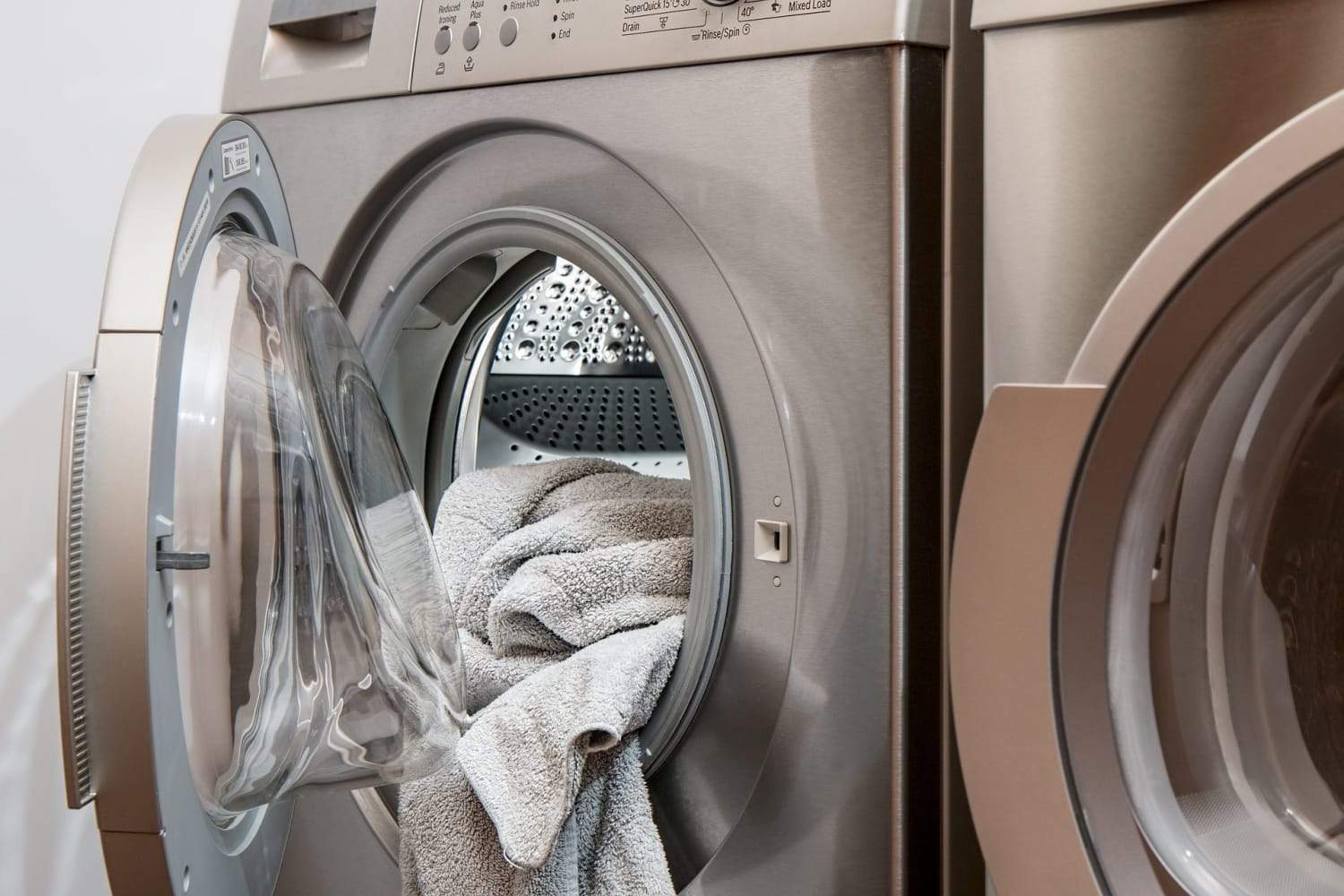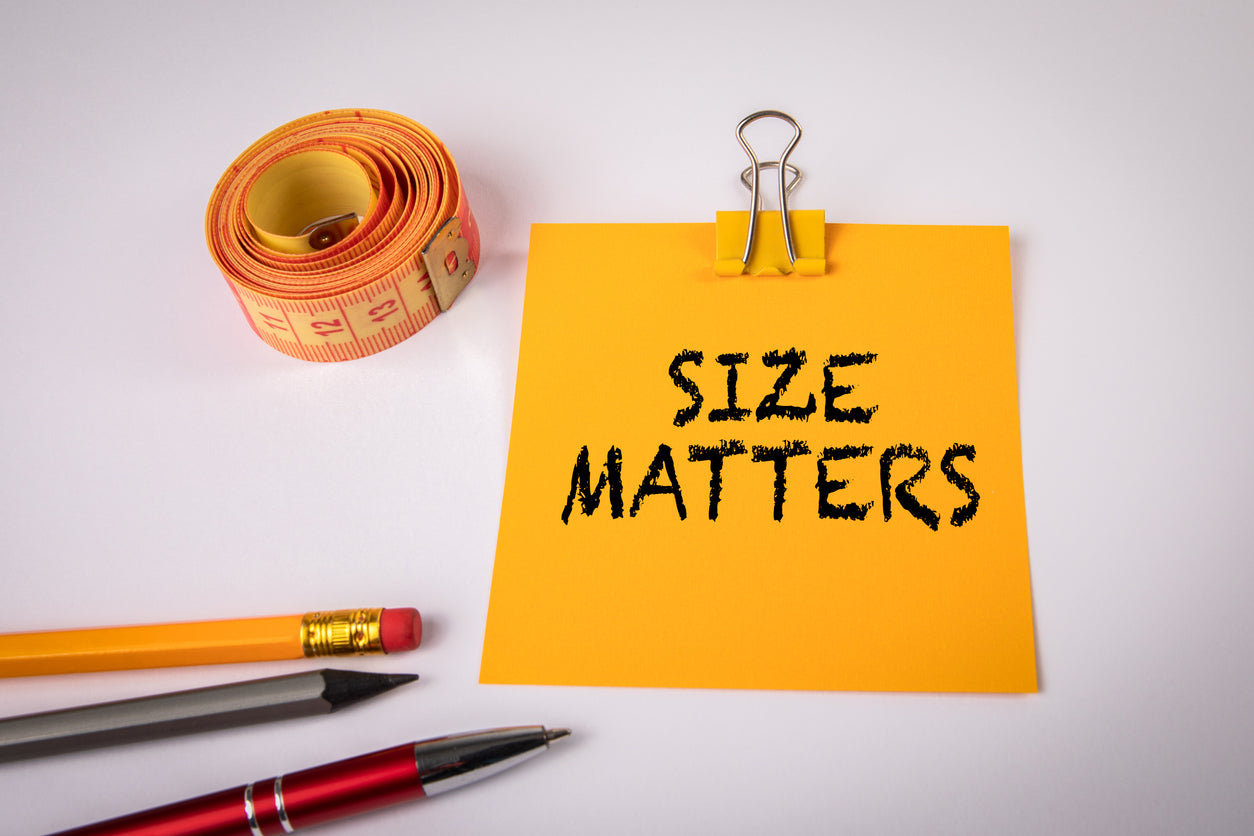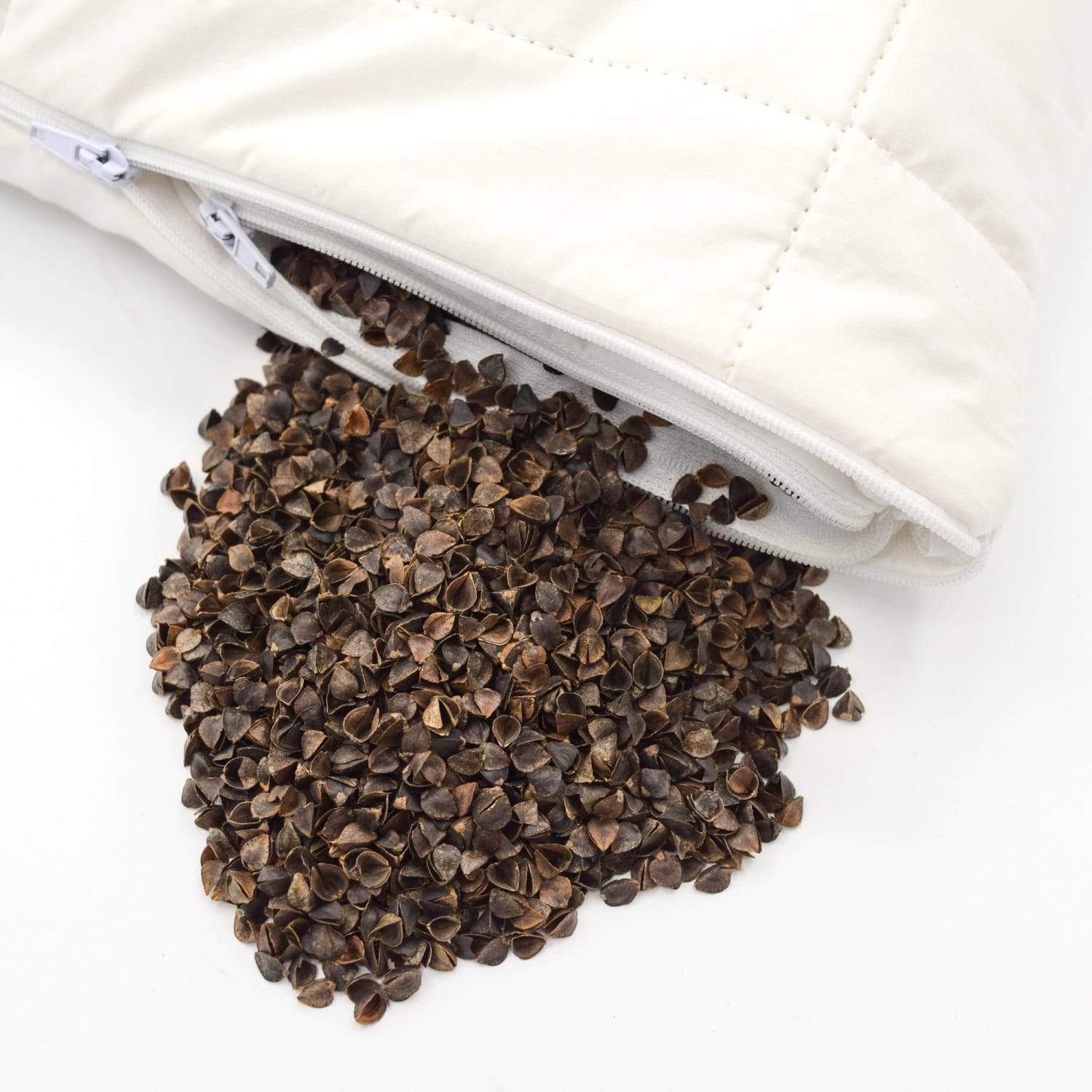Have you ever experienced such severe pain in your neck, and back you would do almost anything to get rid of it? I know I have! Years ago, when I was a student, I spent a summer working as a receptionist at a chiropractic clinic. There was one moment during my time there that really stuck with me. We had this one patient - let's call him Dave. Dave was about 40 years old, over 6 feet tall, and in great shape.
He was always such a happy guy and would only come in about once a month for "maintenance". One day this strong, healthy man was at home, bent down to pick up a sock, and that was it. It did him in, and he put his back out. He called before arriving at the clinic. I could hear the agony in his voice.
Minutes later, he came through the door with the help of his wife. He was bent over, twisted, and contorted, with his arms wrapped around his back. He was unable to stand straight with an expression of pain I have never seen before. Tears streamed down his flushed face as he tried to catch his breath, barely able to speak. About a decade later, I would see my own father experience the same thing. Afraid he was about to have a heart attack from the pain, I called for an ambulance in the middle of the night.
Severe back and neck pain are debilitating and excruciating. A trip to the hospital or doctor will leave you with bottles of pain meds. They may help at the moment but are just a bandage solution. For my dad, he was bedridden for months; there was one more trip to the hospital, adjustments to his pain meds, and several calls to the nurse.
It helped for a bit, but it never fixed the problem. He finally went to the chiropractor, where he discovered the issue was his soft, lumpy mattress and terrible pillow he would punch into a ball each night in an attempt to make it supportive. He was in pain, so he would lie down on a bed that was causing the pain, ultimately causing him more pain. This is why it went on for months.
Chiropractors and Back and Neck Pain
According to Harvard Health Publishing, about 85% of people experience severe back pain in their life and will see a doctor about it. Low back pain alone is the leading cause of disability in the US. Chiropractors typically treat spine-related issues, which include the back and neck. Doctors of chiropractic care are considered primary health care providers focused on the musculoskeletal system. Like any other type of doctor, there is a great deal of education, clinical hours, and licensing involved.
When seeing a chiropractor for back or neck pain, the treatment is two-fold. You will receive an adjustment (different types) and consultation. The treatment itself usually involves spinal manipulation. With their hands or device, specific force is applied to the joint of your spine. The chiropractor will also ask you questions about your lifestyle, the ergonomics of your day and night. They will likely recommend things you can do at home like morning stretches, a new desk chair, or changing your pillow. This conversation is what saved my dad.
Physical Therapists and Back and Neck Pain
Physical therapy aims to decrease pain, improve function, and prevent further re-occurrences of pain. Treatment often includes strategic exercises, movements, and stretches. It can also include heat and ice and massage therapy. These treatments are one of the most common treatments for beck pain. A physical therapist will first try to determine what is causing the pain; is it sitting at your computer all day? Is it the way you are sleeping? Were you in a car accident? They will then help reduce pain, improve mobility, and make recommendations for things you can do at home.
Treatment at home
The treatment you receive at the chiropractor vs. the one you receive seeing your physical therapist will likely be different. To put it simply, at a chiropractor, they will do the manual adjusting and manipulation of your spine, where a physical therapist will help you with exercises and stretches. They have some things in common, though; both aim to reduce chronic back and neck pain, and both will make recommendations for home treatment and prevention. When you have chronic neck pain, it's not enough to simply go in for an hour of treatment, go home, and continue doing what you were doing before. Without making modifications to your daily life, you may continue to be in the circle of pain.
Both chiropractors and physical therapists will ask you how you sleep; what is your sleeping position? Do you wake up with limited mobility? What is your pillow like?
Pillows and Chronic Pain
The pillow you use makes a huge difference! Your chiropractor and physical therapist will tell you this. In fact, many clinics sell "proper" pillows in their office. They know that so many of the pillows on the market aren't good for alignment and cause chronic pain. Orthopedic pillows are typically filled with organic materials, are firm, and specific to the type of your sleeper you are. In other words, if you sleep on your stomach, you need an orthopedic pillow specific to stomach-sleepers. If you sleep on your side, you need an orthopedic pillow specific for side-sleepers.
Proper alignment of your neck will be different if you are sleeping on your stomach vs. your side. Any pillow a chiropractor or physical therapist recommends is going to offer support. I mean, aside from comfort (which comes from support), the whole purpose of a pillow is to support your head. Our heads weigh about 11lbs on average, your pillow needs to hold 11lbs, and if it doesn't, your neck will pay the price. Two great examples of orthopedic pillows include buckwheat pillows, also known as sobakawa pillows, and millet pillows.
- Buckwheat Pillows (a.k.a Sobakawa Pillows): "Soba" in Japanese means buckwheat where "kawa" means leather. Properly translated, sobakawa means buckwheat hulls. For centuries, and to this day, sobakawa pillows are used in Japan. Due to its incredible ability to support your shoulders, head, and neck, as well as keep you aligned while you sleep, these pillows are becoming more and more popular in America. This type of pillow has the orthopedic features that chiropractors and physical therapists recommend. Filled with 100% organic buckwheat hulls, these pillows are naturally firm, which is exactly what you need. Do you think feathers can hold an 11lb bowling ball? I don't think so. You will see adjustable pillows are a common feature of orthopedic pillows. We are all shaped differently and require different levels of support. With a buckwheat pillow, you can customize the height and firmness by adding more or fewer buckwheat hulls until you get the perfect fit. Due to the natural filling, you won't breathe in toxic chemicals, and they are also hypoallergenic.
- Millet Pillows: Filled with 100% organic millet hulls, these are similar to the buckwheat hull pillows, with the main difference being the filling. Millet hulls are about a 10th of the size of buckwheat hulls, and because of their small size, they can mold to the shape of your head and neck. These pillows are great for any sleep position. Even though we may be prone to sleeping in one way, the truth is, we toss and turn in our sleep and need to be supported no matter what way we are lying. A millet pillow provides support and keeps you aligned all night long. These pillows are also natural, free from toxic chemicals, and hypoallergenic. Just like buckwheat (sobakawa) pillows, millet pillows have all the features of an orthopedic pillow.
Chronic neck and back pain is debilitating in so many ways; missed days at work, strained relationships and it can even cause depression. If you have ever experienced it or know someone who has, you know just how bad it can be. Treatment options are varied, and it depends on who you see.
Doctors, chiropractors, and physical therapists can agree that preventative and natural treatment should be taken first. With an opioid crisis, pain medications are less likely to be prescribed, and even if they are, it's just a temporary fix.
The underlying cause of the pain needs to be addressed to make this pain go away. A better look at your day and night with a professional's help can identify areas causing you pain, just like the conversation my dad had with his chiropractor.
I hate to think of how much longer my dad would have suffered through pain every day if his chiropractor didn't recommend a new mattress and pillow. It can be easy to get discouraged when you wake up each day in pain, but professionals like chiropractors and physical therapists are there to help.
Maybe you need an orthopedic pillow like a buckwheat or millet pillow, or maybe it's the terrible desk chair you are spending 8 hours in every day. The only way you will know for sure is by making a change.






